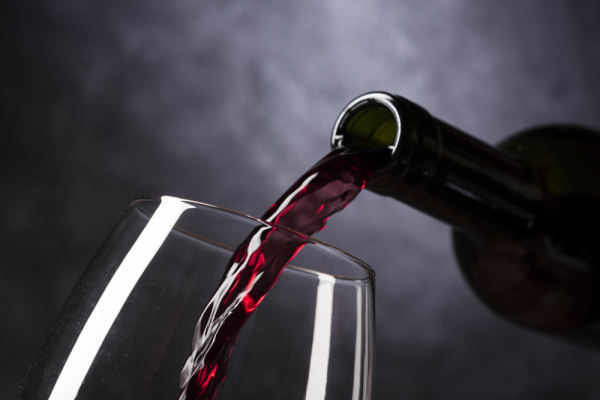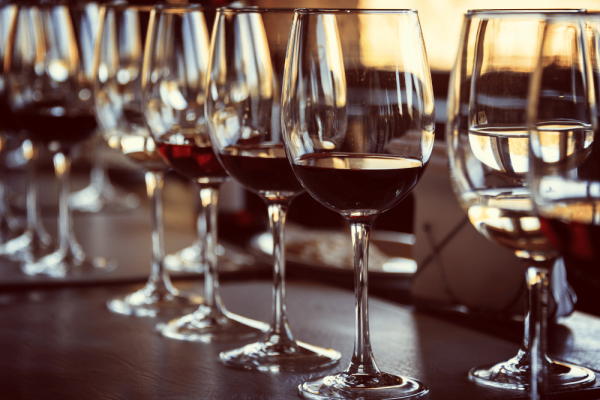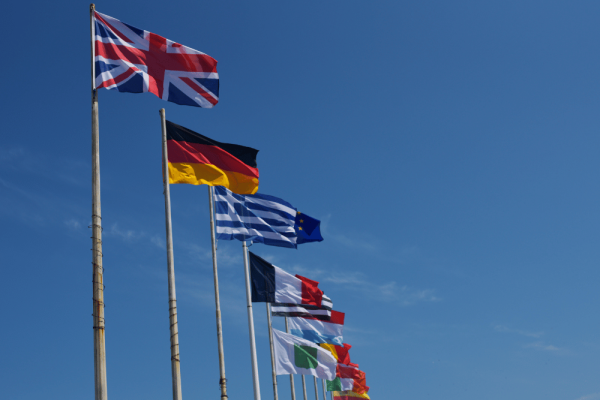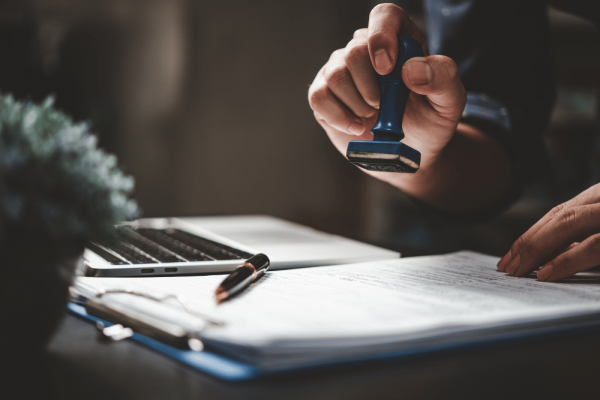From December 2024, a new European regulation comes into force, requiring winemakers to display nutritional values and ingredient lists on wine bottles. This measure aims to increase transparency for consumers and harmonize labeling practices across the European Union.
Why this new regulation?
The European Commission has adopted this regulation as part of its “From Farm to Fork” strategy to promote healthy, sustainable food. Consumers are increasingly concerned about what they consume, and are demanding greater transparency on the products they buy.
What information is mandatory?
Since December 2024, wine labels must include:
- Nutritional values: Energy (kJ and kcal), fat, saturated fatty acids, carbohydrates, sugars, proteins and salt per 100 ml of product.
- List of ingredients: All ingredients used in wine-making, including additives and processing aids.
- Allergens: Clear mention of allergenic substances such as sulfites.
How to display this information?
Regulations offer some flexibility as to how this information can be displayed:
- On the physical label: Information can be printed directly on the bottle label.
- Electronically: Winemakers can use a QR Code or URL link to a web page containing the required information.
The use of a QR Code is particularly advantageous, as it saves space on the label and provides additional information without visually overloading the bottle.
What are the advantages for winegrowers?
Although these regulations may seem restrictive, they offer a number of advantages for producers.
Firstly, it increases transparency and consumer confidence by providing detailed information about the wine. It also represents a marketing opportunity, enabling winemakers to showcase their vineyards' history and production methods via online platforms. It also guarantees legal compliance and avoids the potential penalties associated with non-compliance with current standards.
This new requirement can also open up new markets, as international consumers are particularly sensitive to transparency and are more inclined to choose products offering complete information.
How can Vinesio help?
At Vinesio, we understand the challenges winemakers face with these new regulations. Our platform offers solutions to ease this transition:
- Custom QR Code Generation: Easily create QR Codes for each cuvée, redirecting to a detailed page.
- Generative AI: Import your analyses and let our artificial intelligence automatically generate the nutritional values to be displayed.
- Automatic translation: Reach a global audience with 24-language translations of all your information, including personalized details.
- Guaranteed lifetime: Your QR Codes remain valid for life, ensuring continuity for you and your customers.
Steps to regulatory compliance
Here's a guide to help you prepare for the December 2024 deadline:
- Analyze your wines: Perform analyses to obtain exact nutritional values.
- Ingredients list: Compile a complete list of all ingredients and additives used.
- Choice of display mode: Decide whether you wish to display information on the physical label or via a QR Code.
- Technical implementation: If you opt for the QR Code, use a platform like Vinesio to create and manage your codes.
- Test your QR Codes: Make sure they work properly and lead to the required information.
- Staff training: Inform your team about the changes and how to respond to customer queries.
- Communication: Take the opportunity to communicate your commitment to transparency and quality.
Frequently asked questions
1. What happens if I don't comply with the regulations?
Failure to comply with regulations can result in penalties ranging from fines to a ban on marketing your products in certain EU countries.
2. Do I need to display information in several languages?
If you sell your wines in several countries, it's advisable to provide information in the local languages. Using a QR Code with a platform offering automatic translation makes this process much easier.
3. Are small producers also affected?
Yes, the regulations apply to all wine producers, whatever their size. However, there may be exemptions or adaptations for very small producers. Please consult your local authorities for further details.
4. Can I include additional information on the page linked to the QR Code?
Yes, you can! It's even a great opportunity to share the history of your winery, your production methods, food and wine pairings, and so on.
New regulations: an opportunity for winemakers
The new regulations on wine labelling represent an opportunity for winemakers to increase transparency and engage consumers. By preparing now and using appropriate tools like those offered by Vinesio, producers can not only comply with the law, but also strengthen their brand image and reach a wider audience.
If you have any questions or require assistance, please don't hesitate to contact us. We're here to support you in this transition.
Publié le 6 octobre 2023
Our popular blogs

A truly personalized artificial intelligence for your estate
Company
Social
Fièrement propulsé par DYB 🚀
© 2024 DYB. All rights reserved.




